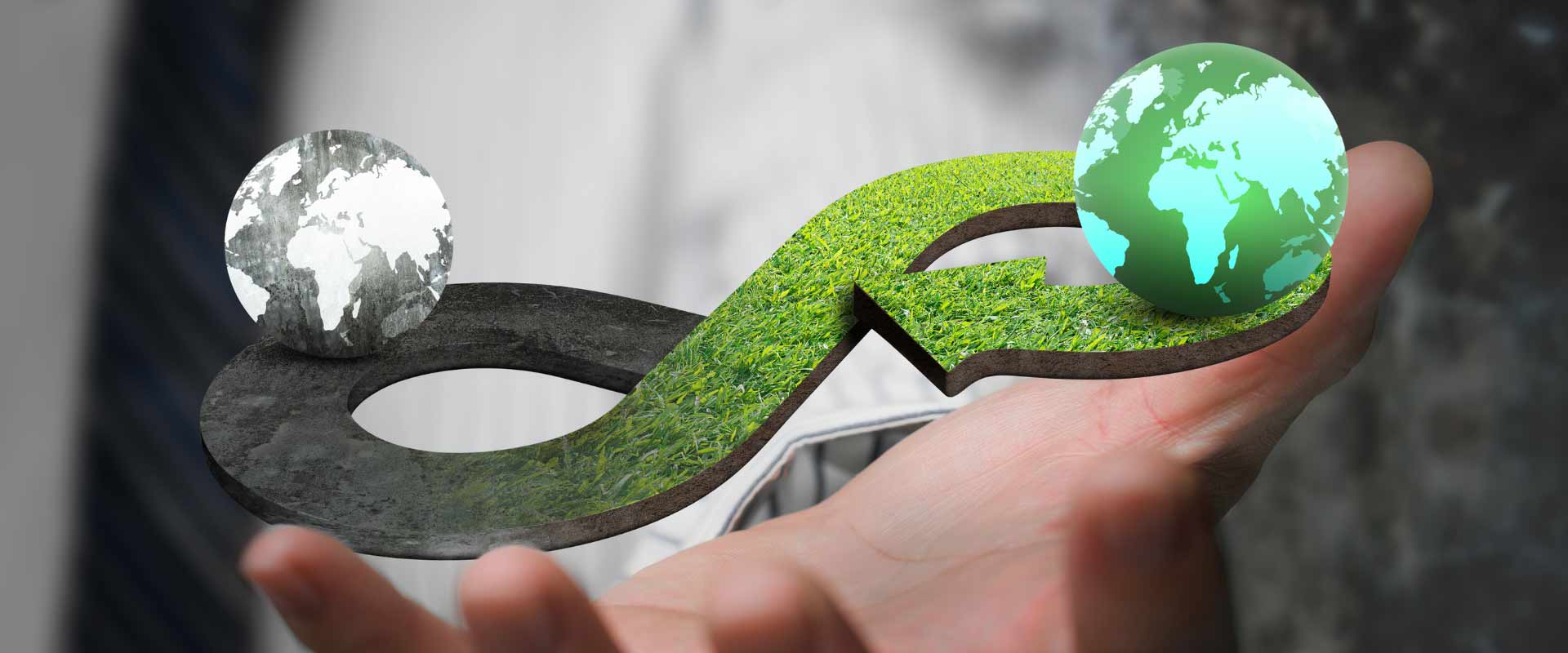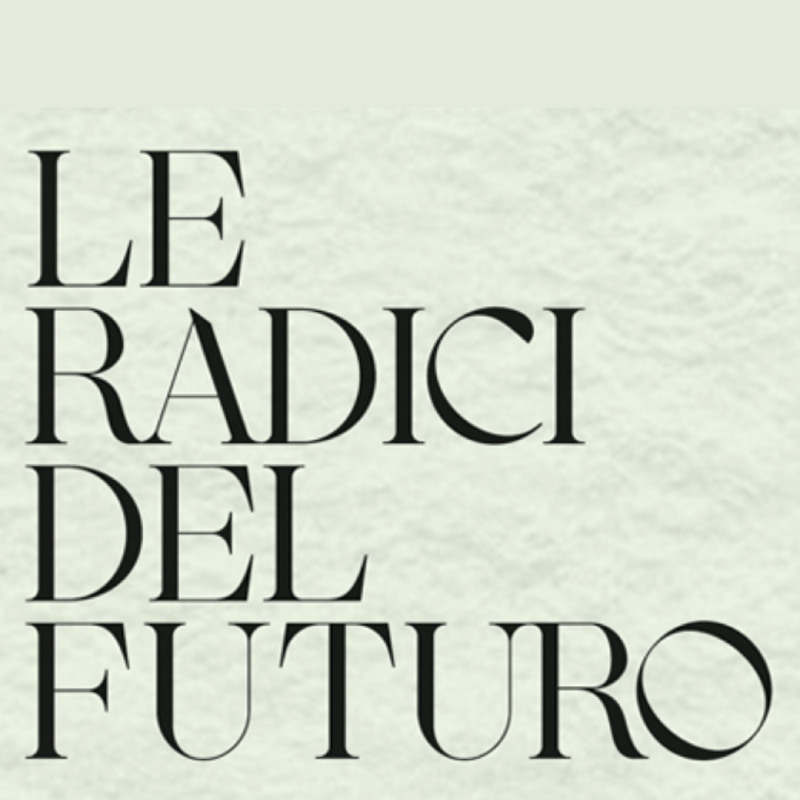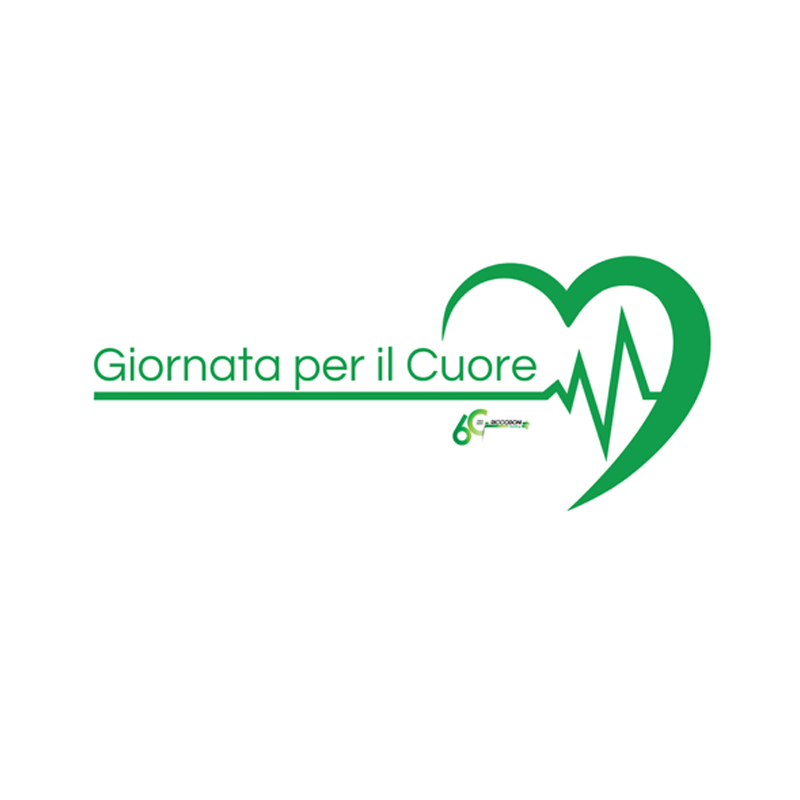Circular economy: state of the art and future objectives
During the Italian National Conference on the Circular Economy, now in its fifth edition, the 2023 Report on the #circulareconomy was presented, produced by the Circular Economy Network in collaboration with ENEA, with the aim of addressing some very pressing issues.
The Riccoboni Group, through Grassano SpA, is one of the founding partners of the Fondazione per lo Sviluppo Sostenibile (Sustainable Development Foundation), which has for years been a fixed point of reference in Italy for the development of the entire green economy system.
The Riccoboni Group, through Grassano SpA, is one of the founding partners of the Fondazione per lo Sviluppo Sostenibile (Sustainable Development Foundation), which has for years been a fixed point of reference in Italy for the development of the entire green economy system.
Transition to a circular economy
The starting data for the analysis is worrying: the global economy consumes over one hundred billion tonnes of materials every year. For that reason, accelerating the transition to a circular economy would help improve the conditions of the planet given that the extraction of virgin materials could be reduced by over a third (-34%) and greenhouse gas emissions cut, thus containing the rise in global temperatures to within 2°C, safeguarding those irreplaceable ecosystems that are essential to life on Earth. But there would also be significant economic benefits, starting with an important contribution to the fight against inflation, which is fuelled by the rising costs of energy and materials.
The starting data for the analysis is worrying: the global economy consumes over one hundred billion tonnes of materials every year. For that reason, accelerating the transition to a circular economy would help improve the conditions of the planet given that the extraction of virgin materials could be reduced by over a third (-34%) and greenhouse gas emissions cut, thus containing the rise in global temperatures to within 2°C, safeguarding those irreplaceable ecosystems that are essential to life on Earth. But there would also be significant economic benefits, starting with an important contribution to the fight against inflation, which is fuelled by the rising costs of energy and materials.
General context
Despite the mounting warnings of environmental crises, the rate of circularity in the world economy is decreasing: in five years we have gone from 9.1% to 7.2%. In other words, the world is reusing and recycling less. Italy, one of the top five EU economies, is still the most circular economy in Europe, even though it has been losing ground over the last five years while other countries are accelerating: we can’t simply rest on our laurels; more needs to be done to maintain our leading position.
Circular material use rate and resource productivity
The circular material use rate in Italy is 18.4%, above the EU average (11.7%) for 2021 (most recent data available); however, Italy was at 20.6% in 2020 and 19.5% in 2019. In terms of resource productivity, Italy is, together with France, ahead of the other major European economies, with €3.2 generated for every kg of material consumed. We also lead the way in the percentage recycling of total waste produced (both special and municipal waste) with a figure of 72%.
In the overall ranking of the circularity of the five leading EU economies (Italy, Germany, France, Spain and Poland), we are still in top spot, but we have been losing ground over the last five years: Spain is following close behind and is changing at a faster pace than Italy.
Edo Ronchi statement
According to Edo Ronchi, President of CEN, “As the Circular Economy Network, we call for adherence to the implementation timeline of the National Circular Economy Strategy, the timely transposition of European measures, strengthening of support to businesses, and the inclusion of green taxation measures in the delegated law. It is also necessary to develop the circular economy of critical raw materials, ensure the completion of the installations provided for under the National Recovery and Resilience Plan, and accelerate the completion of the recycling plants and flagship projects that have already been financed in order to bridge the gap between the Centre-South and North of Italy and ensure there are adequate facilities in place.” According to ENEA data, Italy currently imports over 99% of its critical raw materials, demonstrating an even more dramatic dependence on foreign countries than the rest of Europe.
Consumption habits: a survey of Italian consumer habits
A survey conducted by the Circular Economy Network and Legacoop in collaboration with IPSOS on a representative sample of consumers was presented at the conference, confirming the interest of Italians in the circular economy. Indeed, in the last 3 years, around 1 in 2 Italians have bought a used product and 1 in 3 have bought a reconditioned or refurbished product. Over 80% of the people interviewed think that it is important to reduce packaging. Leasing, rental and sharing are used at a higher than average rate (+10-11%) by 18-30 year-olds. The under 30s, on the other hand, are the most sceptical about proposals to encourage a more circular approach to purchasing choices, with little faith in the ability to improve governance of the sector.













